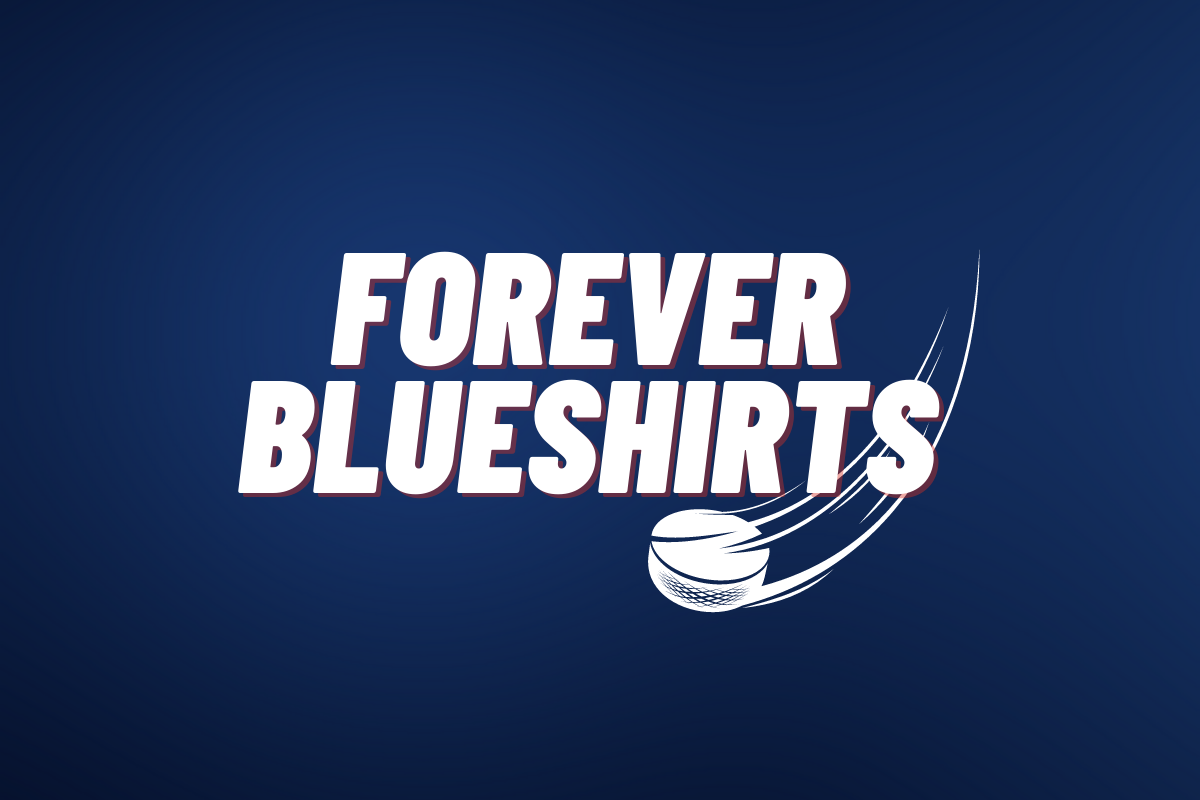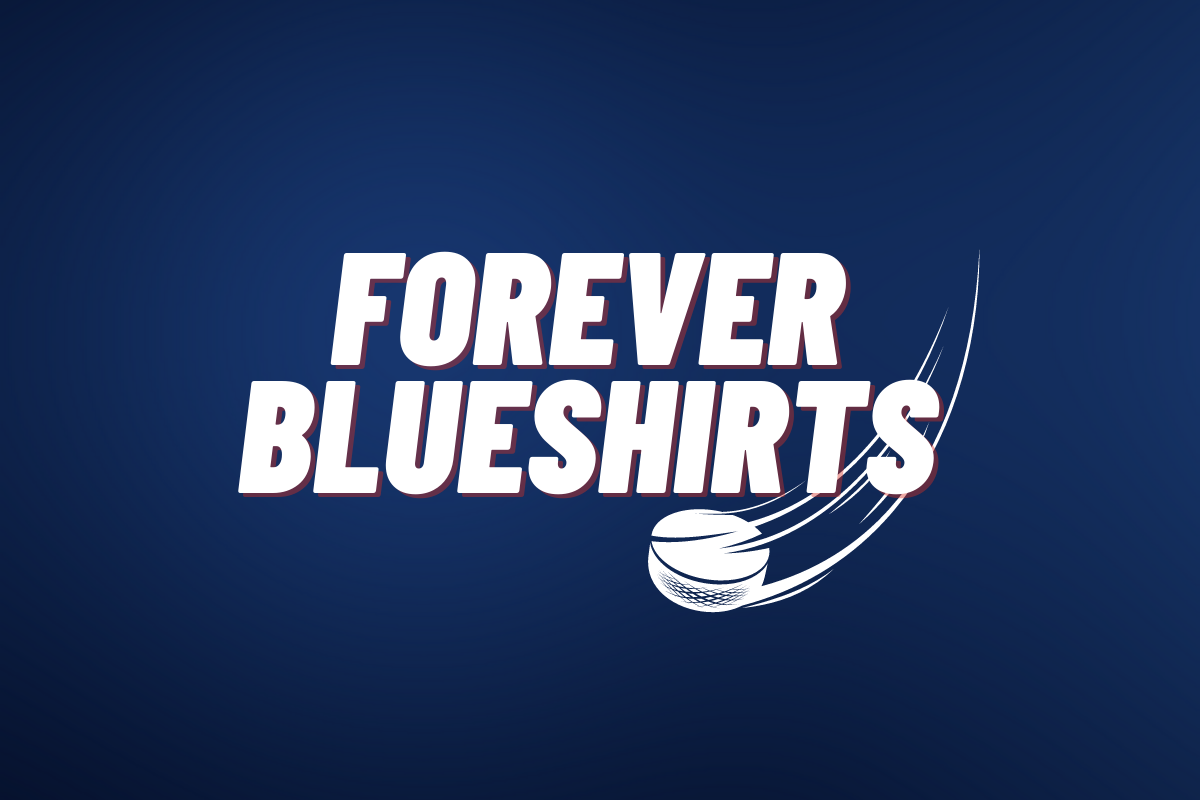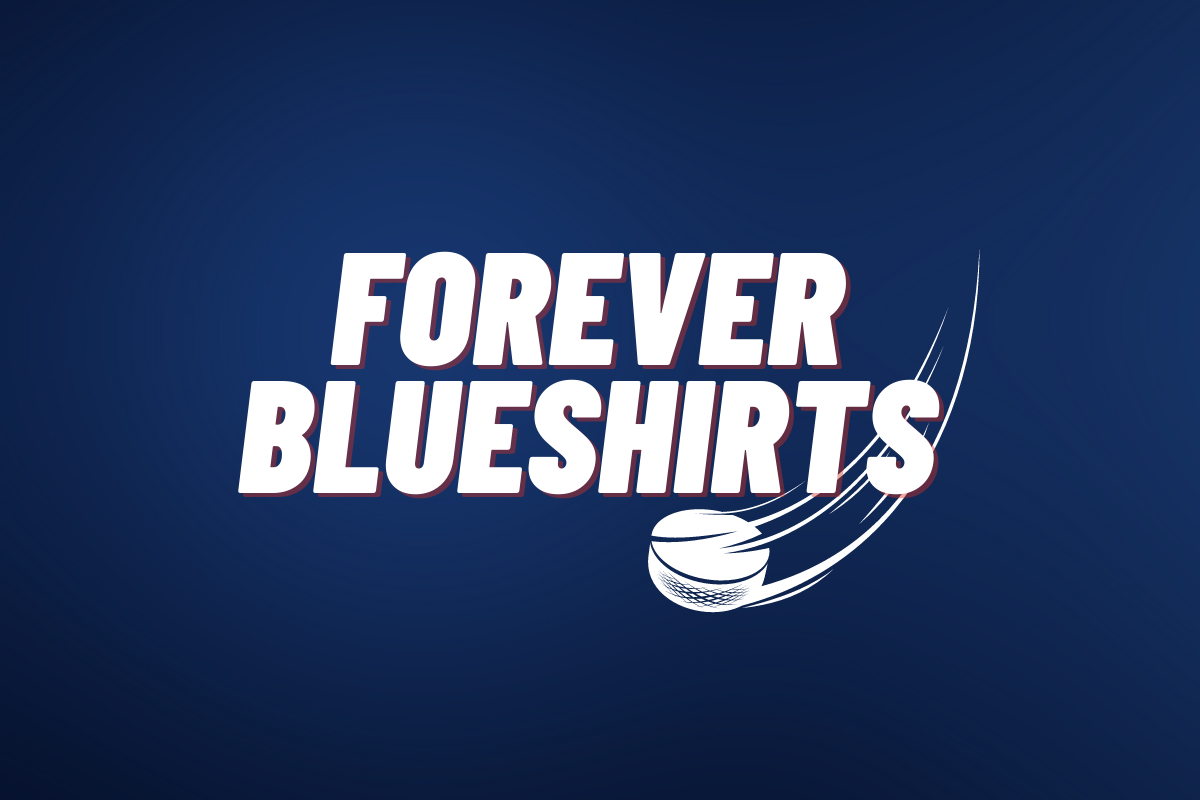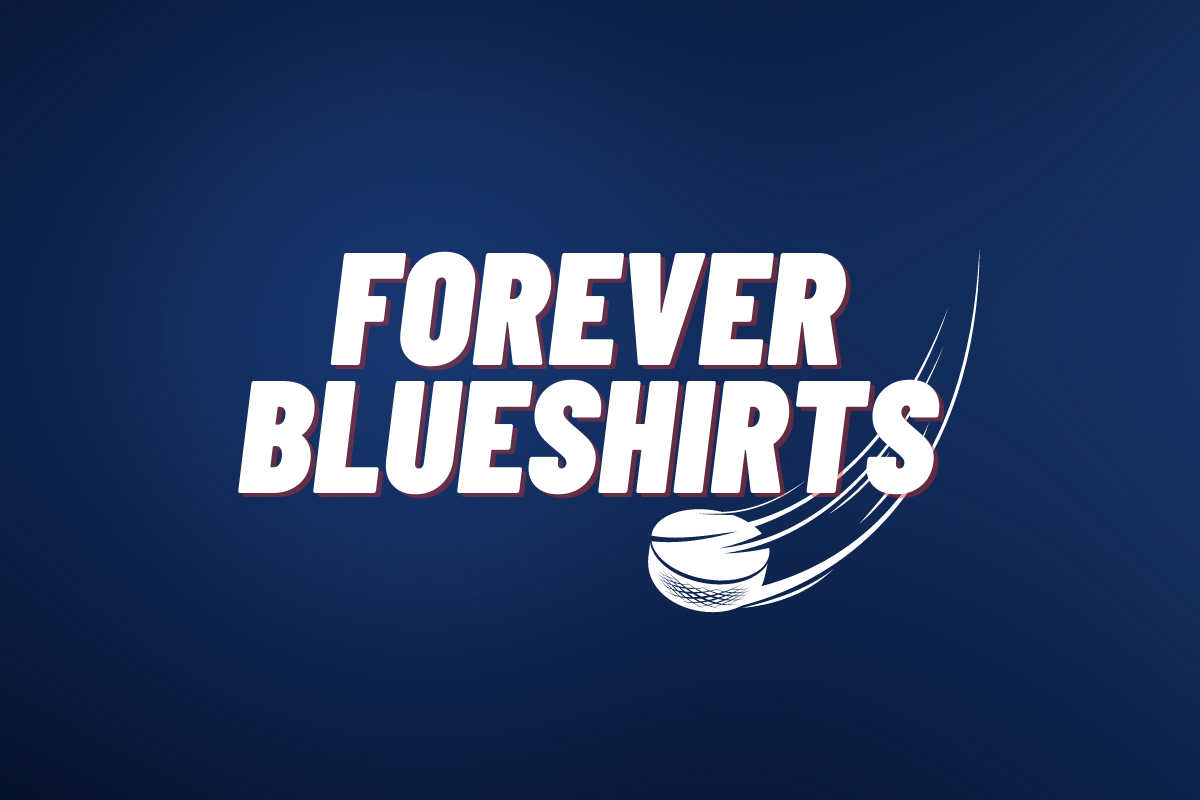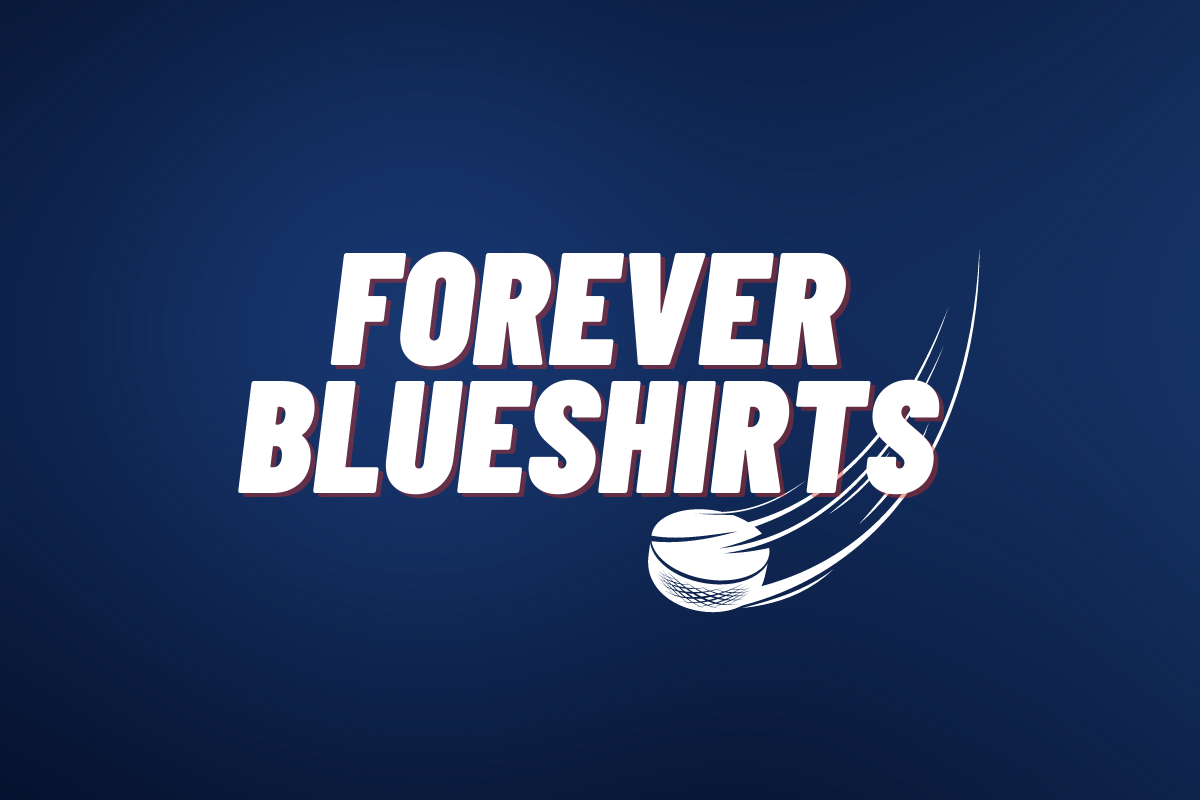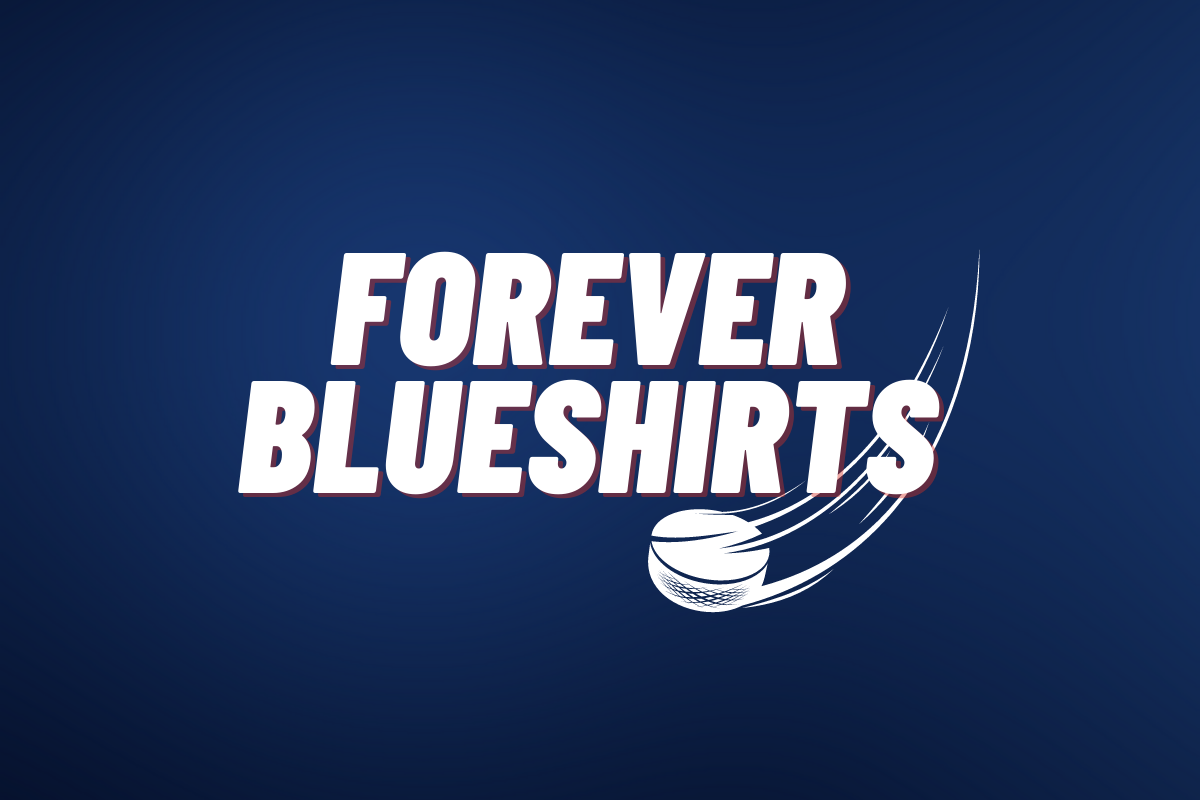Rangers need to get into the “Kill Zone” to break out of offensive slump
The Rangers are struggling to score goals over the last two weeks. This is a bit of a shock considering the ridiculous offensive run they were on in February. So why the dry spell?
First off, let’s dive into the stats and see what picture it paints.
NY stats last 7 games (@Det, @Chi, @NYI, @Wsh, @Buf, Fl, Chi):
11 Goals / 221 Shots For / 31.57 Shots Per Gm Avg / Shooting Pct. 4.9% / 1.57 Goals Per Gm Avg
NY stats previous 10 games (@Col, @Az, @NYI, Van, @Buf, CBJ, Cgy, Az, @Phi, Nsh)
39 Goals / 362 Shots For / 36.2 Shots Per Gm Avg / Shooting Pct 10.7% / 3.9 Goals Per Gm Avg
Obviously the impact of less shots per game, coupled with lower shooting percentage is resulting in lower offensive output. However, in today’s world we know more data is available so let’s dig further.
Take a look at where a majority of the Rangers offense (shots and goals) come from. For that we check out SportingCharts.com :
As you can see, there’s a large concentration of shots and goals in the area at or near the net. Of course that is fairly “Captain Obvious” as most goals will come from in tight. Let’s take a look at some theories out there.
HOME PLATE
“Home plate” is considered an area of the ice where your chances of scoring go up. My view is that today’s NHL goalies will stop any shot from the top of the circles as long as they can see it. However, as you can see from the illustrations, if you overlay “home plate” on where the Rangers are scoring from, it would exclude many goals from the sides of the net in the circle below the dots.
ROYAL ROAD
Steve Valiquette has taken shot quality and scoring chances to a whole new level with the “Royal Road”. To explain, it’s a line that goes in the middle of the ice in the offensive zone and intersects with a line that goes across the top of the face-off circles. Lines are drawn from the net on out to form a triangle.
Once established, distinguishing shot quality is very clear. From within the triangle, those chances are designated as green shots because they’re tougher to stop. All else that falls outside are red shots and easier stops for the goalie.
This is a great way to identify differences in scoring chances (shots) and takes into account screens, broken plays and more difficult rebound shots. As you can see, the green area is much tighter than “Home plate” but is far more sophisticated in determining shot quality.
Both of these are fantastic ways to discern if a team is getting into the areas where goals are more likely. For me, I’ve been using a rectangle that I call the “Kill Zone”.
KILL ZONE
It’s similar to both “Home plate” and the “Royal Road” in the sense that I feel these shots are tougher to stop. I also believe today’s NHL goalie will gobble up anything from the top of the circle if they see it clean.
My belief is that by widening the area to include down by the goal line in between the two face-off circles, you account for more one timers across the slot and more sharp angle rebound goals.
Looking at a heat map of shots and goals (not blocked/missed) you can see that in the 2-0 win versus Buffalo the Rangers generated nothing in the “kill zone”. The Rangers goals came from outside all three areas discussed above (2nd goal was an empty netter).
RANGERS LACKING KILLER INSTINCT
Here in lies the problem. The Blueshirts have not done very well getting chances from the “Kill Zone”. Obviously they are shooting less (down 4.63 shots per game last 7 vs. previous 10) but they have also been kept out of the prime real estate that results in more goals. If you check out the heat maps on Sporting Charts you’ll see that clearly (except for Detroit and last game versus Chicago)
In the previous 10 games the percentage of Rangers shots in the Kill Zone was 37.5%. In the last 7 games, it’s gone down nearly 5 points to 33%. Less shots overall combined with lower quality chances and it’s no wonder the Rangers shooting percentage has dipped nearly 6 points to 4.9%.
To support this further, here are the numbers for the year on where the Rangers goals have come from according to war on ice. It is clear that the large majority of their offense is well within the “Kill Zone”.
If the Rangers want to fill the basket with biscuits, they better get close to where the heat is. New York needs offense in this “kill zone” and that will take a lot more penetration than what they’ve been getting lately.
So tonight, pay attention to not only the Rangers shot totals but just how much they are getting into the “Kill Zone”. I will follow up with this concept as we go further along and down the stretch.
Let me know what you think?
More About:New York Rangers Features

